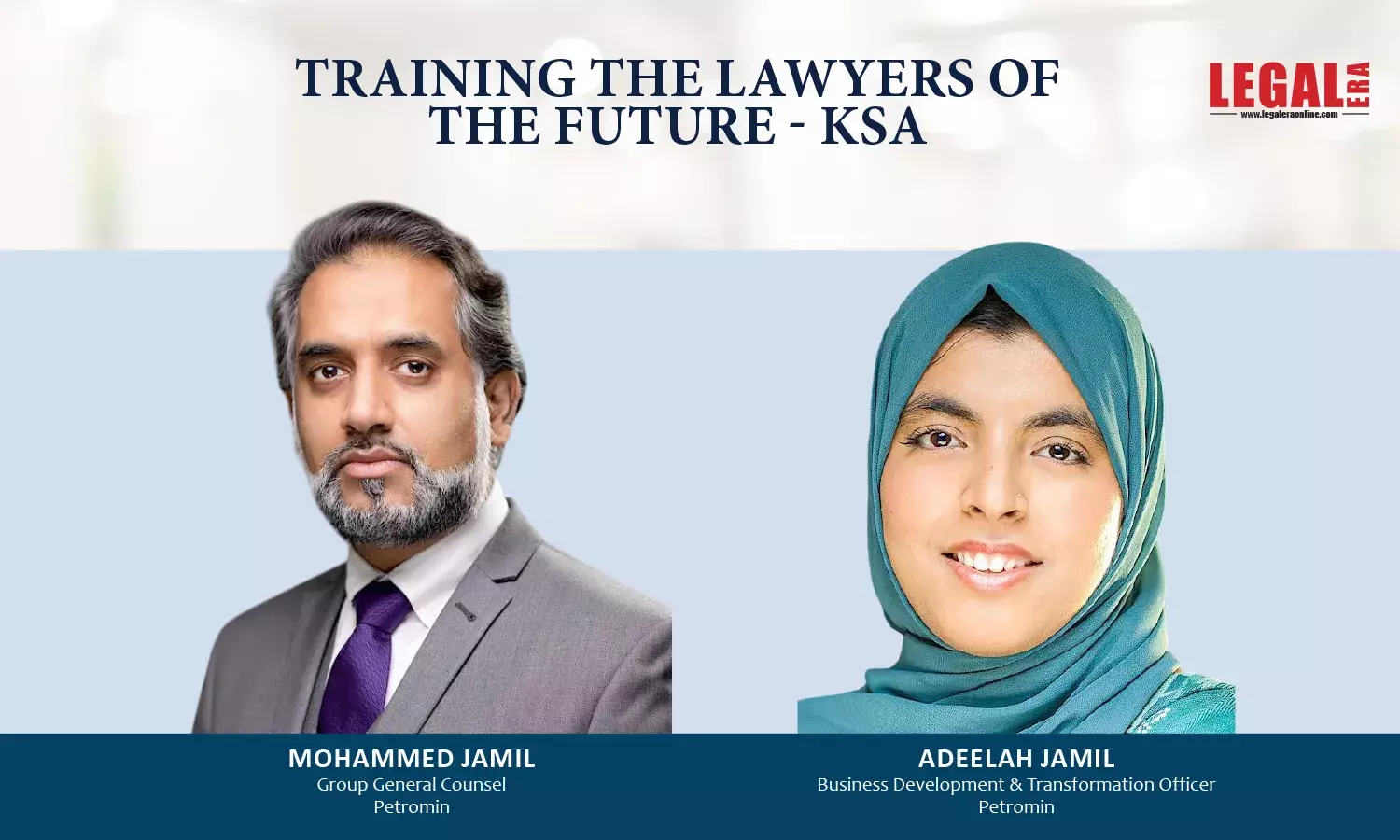Is non-implementation of 'exclusion of creamy layer' from SC/ST violating Article 14?
In the case of Indra Sawhney v. Union of India, the Court implemented the ‘exclusion of creamy layer’ from the Other Backward Classes in 1992 and had no opinion regarding the ‘exclusion of creamy layer’ from SC/ST reservation.Article 14 of the Indian Constitution says that ‘the State shall not deny to any person equality before the law or the equal protection of the laws within...
In the case of Indra Sawhney v. Union of India, the Court implemented the ‘exclusion of creamy layer’ from the Other Backward Classes in 1992 and had no opinion regarding the ‘exclusion of creamy layer’ from SC/ST reservation.
Article 14 of the Indian Constitution says that ‘the State shall not deny to any person equality before the law or the equal protection of the laws within the territory’, and through case laws a principle of treating equals equally and unequals differently has evolved . This principle harmonically allows affirmative action in the form of reservation towards the economic, social and educational backward castes/classes, which is Constitutional and not violative of Article 15(1) or Article 16(1) of the Constitution. The basis for treating unequals differently should have an intelligible differentia with reasonable nexus to the object . That is a reasonable person should be able to comprehend the classification of people into groups and that classification should directly help in achieving the purpose. The object of categorising people into SC/ST and General Category is for the social, economical and educational upliftment through adequate representation in the society by giving equal opportunity.
The creamy layer constitutes the socially advanced people who have snapped their ties with the backwardness of their class and have progressed economically, socially and educationally and no longer require the advantage of reservation. Their development can be seen in their occupation, their living standards and social status. The Courts have been very cautious in not taking away the benefits granted in the form of reservation by only measuring the annual income and has expressly laid out rules to determine the creamy layer for OBC, for example, children of IAS, IFS officers, who are not just economically well-to-do, but socially forward can be used as a measure to define the creamy layer, or a businessman with the power to employ people can satisfy the test of economic and social progression. In the case of Ashok Kumar Thakur v. State of Bihar, the Court relied on criterions like children of Constitutional officers, certain professionals, large holding of property owners to segregate into them creamy layer and non-creamy layer for OBC . These can act like guidelines to introduce the creamy layer in SC/ST.
Now that there is no rule to exclude the creamy layer in the SC/ST lists, the top layer which has already taken advantage and progressed, will further allow them to monopolise the opportunities like reservation in educational institutions, employment in State and Central services. Therefore, this would result in polarization of SC/ST into two sections. When this situation is analysed through the lens of Article 14, it would fail, as ‘unequals that are to be treated differently’ would not include the top layer of the SC/ST as being ‘unequals’ as they have attained equality in terms of law.
The object of reservation is to level the playing field, which in this case disables the opportunities of the lower section of SC/ST and dismantle the main purpose of reservation. In the process of accomplishing equality, we would be supporting reverse discrimination against the non-SC/ST by not excluding the creamy layer .
In the Survey of Statistical Profile Of Scheduled Tribes In India by Ministry of Tribal Affairs, has shown that the gap in the literacy rate between other social groups and SC/ST has reduced , a considerable amount of SC/ST are in non-agricultural work and poverty has reduced, which shows that the living conditions of the SC/ST has improved, if not completely changed. As the survey only illustrates the people who have crossed the marginal line, there is no detailed survey as to the range above this line. There are chances of economically and socially forward people being encompassed in this line, for example, if there are 7,906 of SCs and 3,274 STs in the field of construction , there is no distinction between numbers of labourers and managers within this field.
Hence, a specific survey to determine the presence of the top layer is necessary in order to find out the census of top layer in SC/ST. Therefore, it is imperative that the creamy layer is recognised in SC/ST to eradicate poverty and further improve economic development. The exclusion can ensure more efficiency in reservation by providing aid to the deprived section.
1. Mahendra Pal Singh, V.N. Shukla’s Constitution of India, pg. 49 (12th ed. 2013)
2. State of West Bengal v. Anwar Ali Sarkar, AIR 1952 SC
3. Indra Sawhney v. Union of India, (2000) 1 SCC 168
4. Id
5. 1995 SCC (5) 403
6. Supra 1
7. Indra Sawhney v. Union of India, (2000) 1 SCC 168
8. Statistical Profile Of Scheduled Tribes In India, Ministry of Affairs of Statistics Division pg.13-14(2013)
9. Id pg. 261
10. Supra 8 pg. 94
11. Supra 8 pg. 261









